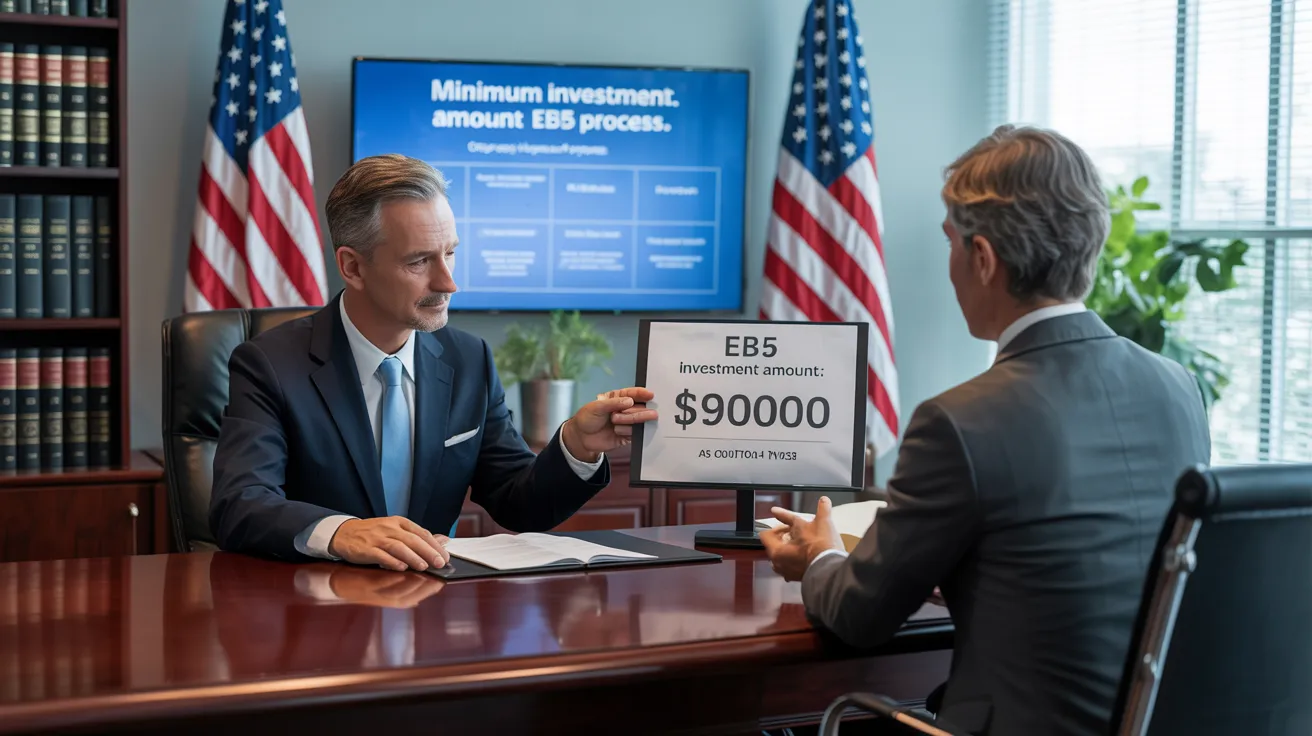Excitement About L1 Visa
Table of ContentsThe L1 Visa DiariesThe Basic Principles Of L1 Visa The 7-Second Trick For L1 VisaHow L1 Visa can Save You Time, Stress, and Money.See This Report on L1 Visa
L-1 visas are available to staff members of an international company with offices in both the USA and abroad. L1 Visa. The visa enables such foreign workers to move to the corporation's US office after having worked abroad for the business for at the very least one continual year within the previous 3 before admission in the United StatesOne L-1 visa can enable multiple staff members access right into the United States.
Because 2000, Indian nationals are the biggest receivers of L-1 visas. The variety of L-1 visas offered to Indian nationals jumped from 4.5 percent in 1997 to 43.8 percent in 2006. In 2019, Indian nationals got 18,354 L-1 visas, accounting for 23.8% of all L-1 visas released in 2019. According to USCIS data, the largest companies to get L-1 visas in 2019 were Tata Working as a consultant with 1,542 accepted L-1 visa applications, Infosys with 517, Amazon with 455, Mindful with 382, and Deloitte with 305.
Congress created the L-1 visa in 1970. It was introduced as a "noncontroversial amendment" for international American firms. The original visa needed that the job period match directly before looking for the firm transfer. Congress originally did not define "specialized understanding". In 1980, the State Division released 26,535 L-1 visas.
L1 Visa Things To Know Before You Get This
Major Indian outsourcing companies such as Tata, Infosys, and Wipro progressively used the L-1 copyright staff American international companies. Half of Tata's employees brought to the USA began L-1 visas. The North American Free Trade Arrangement had arrangements regarding intracompany transfers in between the U.S., Canada, and Mexico.
By 2000, Immigration and National Solution recorded 294,658 visa access. In 2002, Congress permitted L-1 visa spouses, that get on an L-2 visa, the permission to work openly within the United States. In 2003, the Us senate Judiciary Board held a hearing on the L-1 visa. In financial year 2004, the number of L-1B visas surpassed the variety of L-1A visas.

Candidates who remain in the USA at the time of the filing of the I-129 can ask for a change of condition from their existing nonimmigrant status (i.e. site visitor, pupil, and so on), as long as they are in status at the time of the filing of the I-129. If they head out of status after the filing, however prior to approval, there is no negative effect, and the individual does not accrue illegal existence.
Youngsters of the main L-1 can participate in college. The spouse of the main L-1 has an automatic right to operate in the USA. Children can decline paid employment. The partner can, but need not, use with the USCIS for work consent after arriving in the USA and, after issuance of the Work Consent Record (EAD, Type I-765), may afterwards help any company.
The Definitive Guide to L1 Visa
An I-797 Notice of Activity revealing the approval of the visa request does not ensure that a visa will certainly be released at the U.S.

An Unbiased View of L1 Visa
For an L-1 visa applicant, "double Intent" is allowed: unlike some contact us classes of non-immigrant visas (e.g., J-1 visas (L1 Visa)), L-1 applicants might not be denied a visa on the basis that they are an intending immigrant to the USA, or that they do not have a residence abroad which they do not mean to abandon
L-1 status may be restored and expanded within the USA. Other than in the instance of covering requests, a brand-new I-129 petition must be submitted. Renewal in the United States relates to standing only, not the real visa in the key. copyright revival, the applicant needs to go to a UNITED STATE

Rumored Buzz on L1 Visa
An individual in L-1 status usually may work only for the requesting firm. If the L-1 worker goes into based upon an L-1 covering, nonetheless, it usually is possible for the worker to be relocated the exact same ability to any type of other associated business noted on the blanket. The L-1 visa program has been slammed for several reasons.
In one example, The U.S. Department of Labor fined Electronics for Imaging $3,500 for paying its L-1 visa workers $1.21 an hour and functioning several of them as much as 122 hours a week. Some market representatives have charged firms of making use of the L-1 program to replace U.S. employees. Critics and government officials have aimed out how the visa program does not specify "specialized understanding" for international workers in the L-1B visa classification.